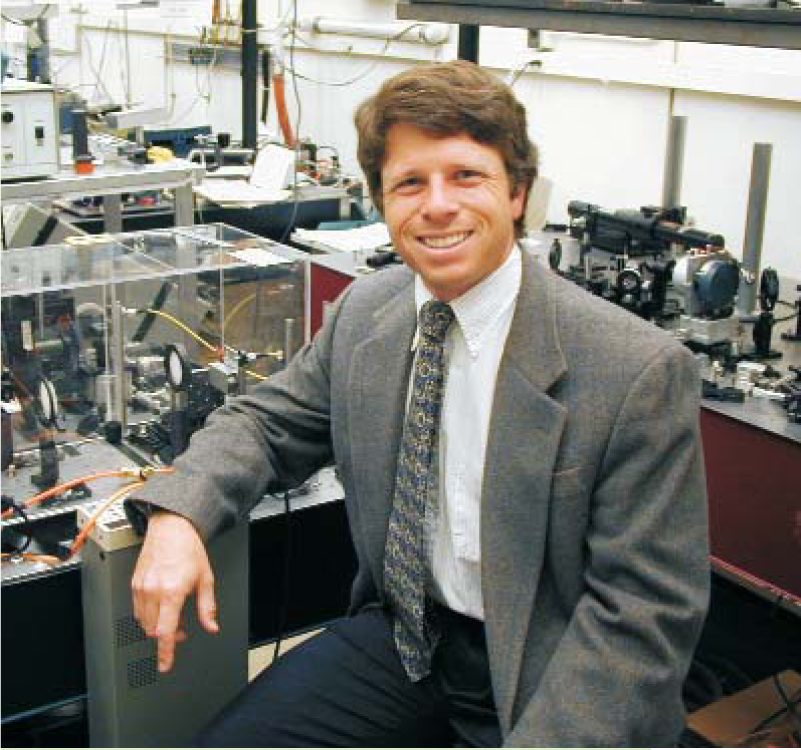Lockheed Martin seeds rice center
DOI: 10.1063/1.2947642
Lockheed Martin Corp and Rice University announced in April the creation of a new center that will pursue applications of nanotechnology relevant to the advanced-technologies defense contractor. The Lockheed Martin Advanced Nanotechnology Center of Excellence at Rice University, or LANCER, will be based at the university’s Richard E. Smalley Institute for Nanoscale Science and Technology and will initially be funded by the company at $3 million over three years. “Areas we expect to explore include super-sensitive detection devices with space-based applications, fast communications systems, and greatly improved devices for energy generation and storage,” says Lockheed Martin’s director of advanced technology Sharon Smith.
The new center grew out of the relationships that formed between Rice researchers and Lockheed Martin engineers in a summer nanotechnology short course that the Smalley Institute has offered the company every year since 2005. “The folks in the labs are the ones who came to [their managers] and said, ‘Make it easier for us to work together,’” says Smalley Institute director Wade Adams. “We have labs across Lockheed Martin,” says Smith, “but one of the many benefits we see to participating in LANCER is access to some of the equipment we need for fundamental nanotechnology research.”
Most of the LANCER seed money will go toward research that is of potential business value to Lockheed Martin, with little for overhead, says LANCER’s inaugural director Daniel Mittleman, who hopes to attract funds from other corporate investors and the federal government to continue the center after the third year.

Daniel Mittleman will lead a Lockheed Martin–Rice University partnership to pursue nanotechnology applications in aerospace, security, and energy.
JEFF FITLOW/RICE UNIVERSITY

